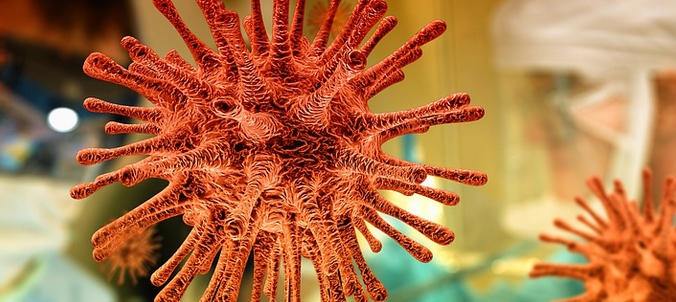Introduction
Acrylic paint is a popular choice for airbrush artists due to its fast-drying nature and versatility. However, using acrylic paint in an airbrush can be challenging, especially for beginners. In this article, we will share some tips and tricks to help you achieve a smooth and flawless finish with your acrylic paint airbrushing projects.
Choosing the Right Acrylic Paint
The type and quality of acrylic paint you use can affect the outcome of your airbrushing project. It is important to use a high-quality acrylic paint that is specifically designed for airbrushing. Avoid using cheap or low-quality acrylic paints that can clog your airbrush and cause uneven spray patterns. Look for acrylic paints that have a thin consistency and are easy to work with.
Preparing Your Airbrush
Before you start airbrushing, it is essential to clean and prepare your airbrush properly. Make sure the airbrush is free from any dirt, debris, or leftover paint. Fill the paint cup with the appropriate amount of acrylic paint and add a few drops of airbrush thinner to thin out the paint. This will help the paint flow smoothly through the airbrush and prevent clogging.
Adjusting the Air Pressure
The air pressure is another critical factor that can affect the outcome of your acrylic paint airbrushing project. Adjust the air pressure according to the needs of your project. A low air pressure will result in a fine mist, while high air pressure will produce a heavier spray. For a smoother and more even finish, maintain a consistent air pressure throughout the project.
Applying the Acrylic Paint
When applying acrylic paint with an airbrush, it is essential to use a consistent and even motion. Start by spraying a light mist over the surface, and then gradually build up the layers until you achieve the desired coverage. Keep the airbrush moving at all times to prevent the paint from pooling or dripping. If you notice any uneven spots or streaks, you can use a soft brush or sponge to blend the paint and create a smoother finish.
Drying and Sealing the Paint
After you have finished airbrushing, allow the acrylic paint to dry completely before applying any sealant or varnish. This will ensure that the paint adheres properly and prevents any smudging or smearing. Once the paint has dried, apply a clear coat or varnish to seal the paint and protect it from wear and tear.
Cleaning Your Airbrush
Proper cleaning and maintenance of your airbrush is essential to ensure its longevity and prevent any damage. After each use, clean your airbrush thoroughly with warm water and airbrush cleaner. Disassemble the airbrush and clean each part separately to remove any leftover paint or debris. Store your airbrush in a clean and dry place to prevent any rust or damage.
Conclusion
Using acrylic paint in an airbrush can be a rewarding and enjoyable experience, but it requires patience, practice, and the right techniques. By following these tips and tricks, you can achieve a smooth and flawless finish with your acrylic paint airbrushing projects. Remember to choose the right acrylic paint, prepare your airbrush properly, adjust the air pressure, apply the paint evenly, and clean your airbrush thoroughly after each use.
Happy airbrushing!

